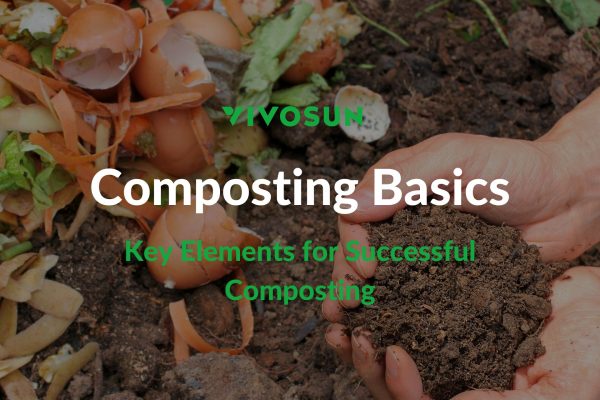What is S element?
Sulfur (S element) is another one of the intermediate elements needed by plants. While cannabis plants probably don’t need as much sulfur as nitrogen, phosphorus, and potassium, deficient or excess sulfur in fertilizers or growing media can affect plant root health, chlorophyll production, metabolism, and more.
Next, we’ll tell you about the important role sulfur plays in the cannabis plant.

The Physiological Role of Sulfur
- Sulfur is an important part of plants. Proteins, biotin, and vitamins in plants are all sulfur-containing compounds. Supplementing appropriate sulfur is of great significance to the normal growth of crops.
- Sulfur plays an important role in the formation of amino acid proteins. Sulfur has a great influence on the synthesis of oils, vitamins, and glucose in plants. Because sulfur is an important part of protein synthesis, most enzymes in plants are proteins. Enzymes can catalyze chemical reactions in plants and promote the synthesis of oils and other substances!
- Sulfur also promotes the formation of chlorophyll. Many proteins in chlorophyll contain sulfur. If the supply of sulfur is insufficient, the formation of chlorophyll will be seriously affected, making the leaves appear light green.
- Sulfur can promote the absorption of other elements by plants. For example, the absorption of nitrogen by plants should be based on the presence of sulfur. In some cases, sulfur plays an important role in the absorption of phosphate by the soil.
- Sulfur can significantly improve crop stress resistance and improve crop quality. With the supplement of sulfur, the synthetic metabolism of vitamins, biotin, sugars, oils, etc. in plants is accelerated, and these substances improve the cold resistance and drought resistance of crops.

Effects of Sulfur Deficiency
- The newly grown leaves are light green and turn yellow near the veins. The bottom leaves can also be damaged if left untreated.
- Plant stems become lignified, become fragile, grow slower, and reduce branches.
- The flower buds shrink and die during the flowering period.
In general, sulfur deficiency symptoms are uncommon. However, when these symptoms appear, immediate adjustments are required. First, check that the pH value of your nutrient solution is between 5.5-6.5; second, add an appropriate amount of sulfur-containing additives, such as potassium sulfate and magnesium sulfate.
Sulfur moves slowly through the plant so it may take a few days after you fix the problem before you start noticing an improvement in your plant, so don’t overcorrect and feed as usual at the correct pH range with normal feeding rates for your stage of life.
Effects of excessive S element
While too little sulfur can limit the growth of plants, reducing their yield and quality, too much sulfur can be just as harmful. Sulfur excess in plants is very rare and symptoms are leaf color changes to dark green or brown. Additionally, the tips and edges of the leaves are charred and curled.
The method of removing excess sulfur is the same as that of other elements, generally flushing the plant culture medium.
If there is excess of S you should flush the roots with triple the amount of water than the capacity of the pot. After that, water your plants with a balanced fertilizer.
As always if you have any questions you can message our Instagram or Facebook and we’ll be glad to help you out! We’re happy you’re on this journey and we want to help in any way we can.
Subscribe to the Vivosun newsletter for growing tips, grower stories, and special offers, and get 12% off your first order!
We love the new Vivosun Smart Grow System and we are certain that you too will love it once you try it.
And join our Facebook farmer’s community for even more exclusive contests and prizes!
Download Vivosun App to get 15% off and explore more information!







